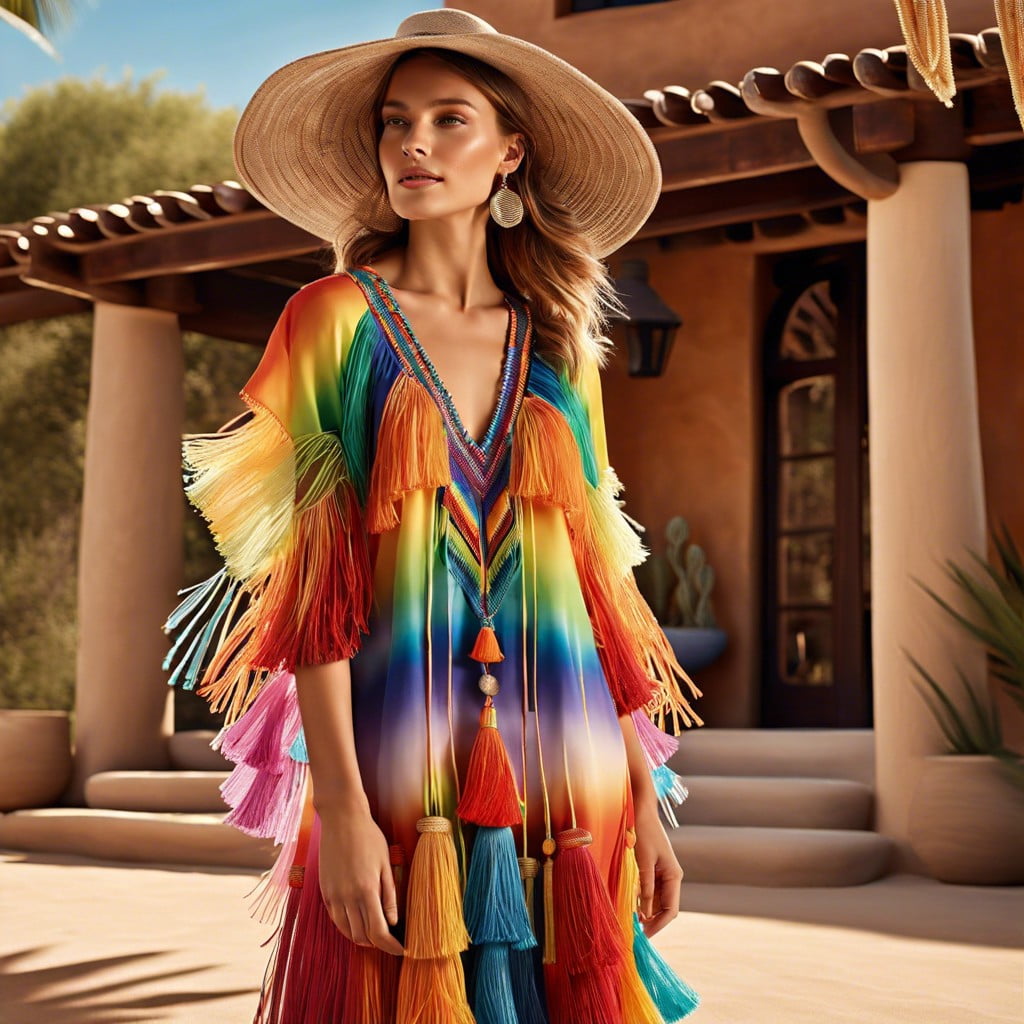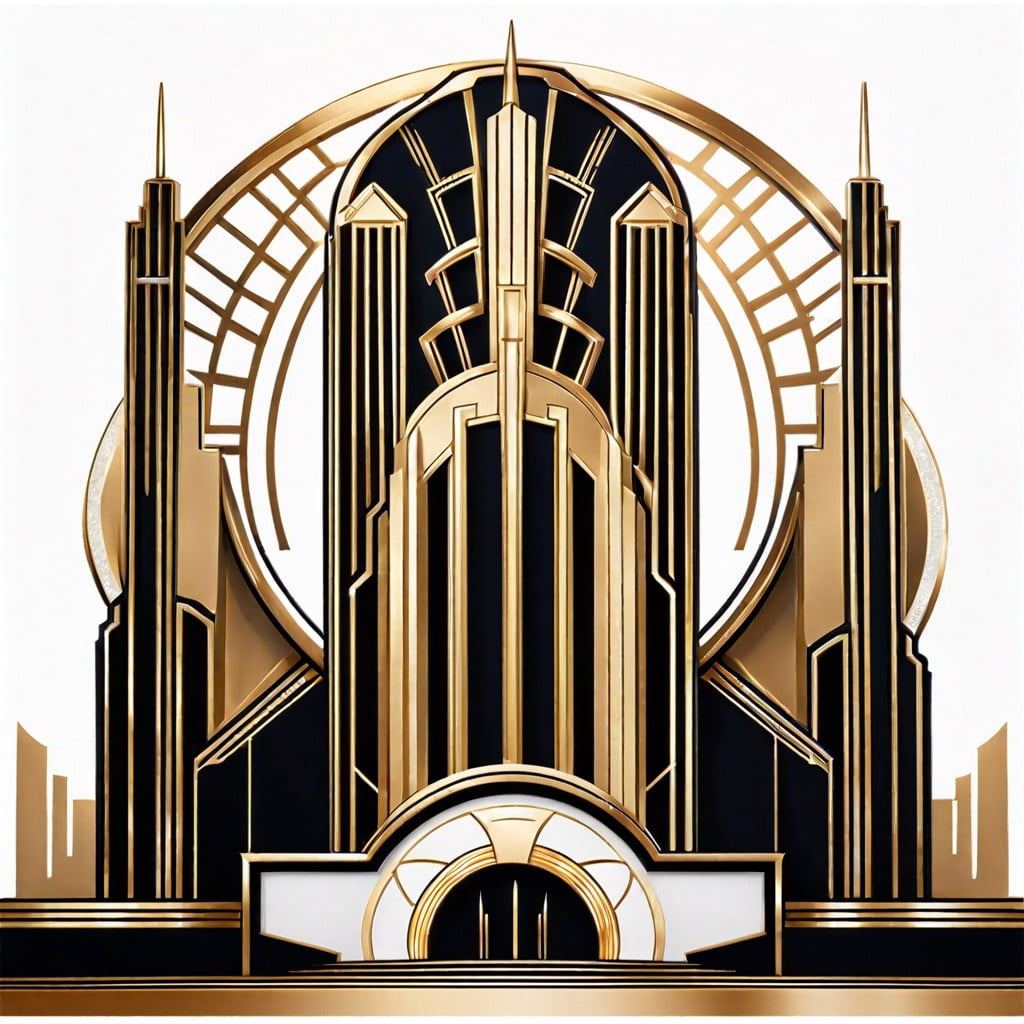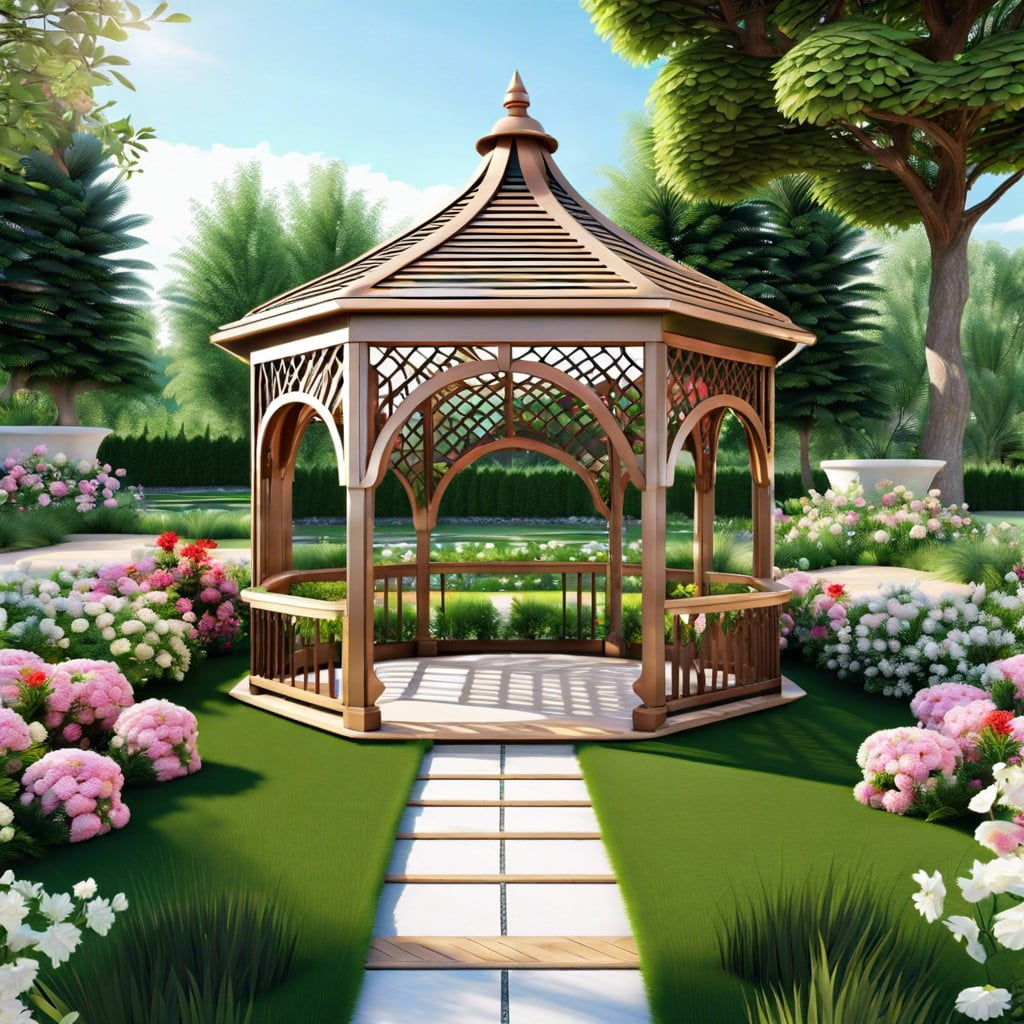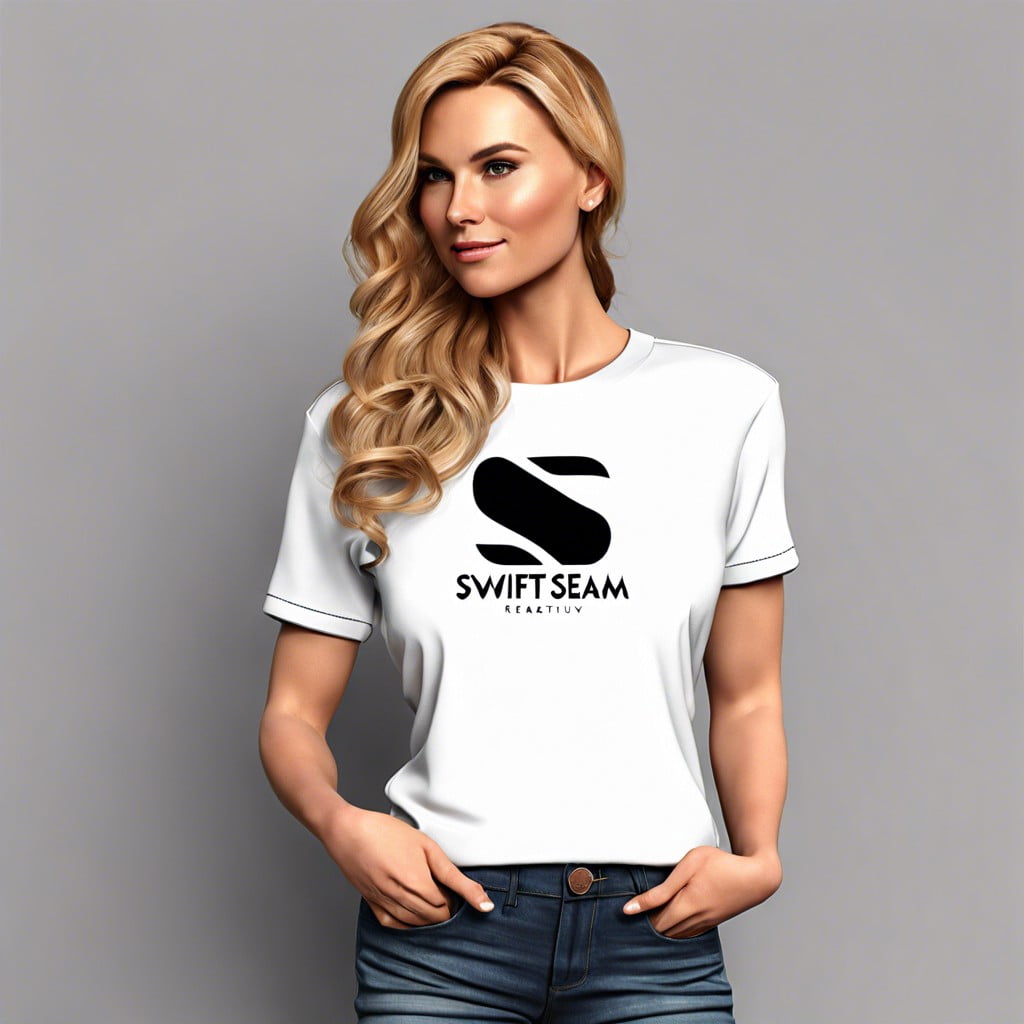Discover the charm of a rainbow tassel dress and learn how to select the perfect one for your wardrobe with this insightful buying guide.
Key takeaways:
- Rainbow tassel dresses celebrate color and diversity.
- Tassel dresses combine tradition with a modern twist.
- Rainbow tassels embody joy, energy, and inclusivity.
- Colors in a rainbow tassel dress evoke different emotions.
- Design elements include strategic placement and material selection.
Understanding Rainbow Tassel Dresses

The essence of tassel dresses lies in their playful embellishments—those strands of hanging threads that add movement and texture to the garment.
Originally, tassels served as a decorative symbol of power and prestige, and they have since transitioned into a fun and flirtatious fashion statement.
The infusion of rainbow hues into tassel dresses brings a whimsical and joyous energy, creating a vibrant piece that celebrates color and diversity.
The blend of the tassel’s traditional appeal with a modern, multicolored twist results in a dress that’s not only eye-catching but also embodies a spirit of inclusivity and freedom.
Definition and Origin of Tassel Dresses
Tassel dresses draw their inspiration from the fringe detailing that originated in ancient Mesopotamia, where they were symbols of power and prestige. Throughout history, various cultures have adopted tassels for their traditional garments, signifying everything from status to protection.
In contemporary fashion, tassel embellishments add movement and texture, transforming a straightforward silhouette into an eye-catching statement.
The addition of rainbow hues into the mix reflects a playful and vibrant twist on the classic tassel design. This combination celebrates diversity in color and the joy that comes with embracing a spirited, sartorial choice.
The multi-colored tassels on a dress create a visual spectacle that mirrors the dynamic nature of the wearer, capturing the essence of personal style through a prism of shades.
Moreover, designers often use tassels as a means to bridge the gap between tradition and modernity, injecting historical elements into designs that resonate with current trends—culminating in a dress that is both a nod to the past and a bold move into the future of fashion.
The Allure of Rainbow Tassels
Rainbow tassels capture attention through their vivacity; they are a multitude of hues embodying diversity and inclusivity. The appeal is rooted in the spectrum representing joy and energy, often evoking a sense of playfulness. The dynamic movement of tassels adds a tactile dimension to the visual feast, amplifying the garment’s liveliness.
In fashion, color can influence mood, and the kaleidoscope of a rainbow palette communicates optimism. When donned, such pieces can lift spirits, suggesting the wearer’s adventurous spirit. Moreover, the rich array of colors makes these dresses highly versatile—they can be paired with a range of accessories, allowing wearers to tailor their look to the occasion.
Color Psychology in Fashion
Colors convey emotions and symbolize different energies, especially in the world of fashion. A rainbow of hues in a single garment can project vibrancy and joy, appealing to those seeking a playful or celebratory appearance. Each color within the rainbow spectrum offers a distinct psychological impact:
- Red embodies passion and excitement, often grabbing attention instantly.
- Orange represents enthusiasm and creativity, providing a sense of warmth.
- Yellow evokes happiness and optimism, brightening the garment’s overall effect.
- Green symbolizes harmony and balance, inducing a sense of tranquility.
- Blue conveys trust and serenity, contributing to the dress’s calming aura.
- Indigo suggests depth and introspection, adding a touch of sophistication.
- Violet denotes luxury and ambition, rounding out the rainbow with a regal flair.
When combined into tassel embellishments, these colors dance with movement, enhancing the wearer’s presence and creating a multi-sensory fashion experience.
Design Elements
Incorporating tassels into a dress design requires a balance between whimsy and wearability. Designers often place tassels along hemlines or as part of the trim to add movement and texture.
For a full spectrum effect, each tassel might be dyed a different hue, creating a gradient as it transitions through the colors of the rainbow. The layout of these colors can vary; some may follow the natural order of a rainbow, while others are placed in a more random, playful pattern.
Material selection is crucial; lightweight fabrics like chiffon or silk lend an ethereal quality as they sway with the wearer’s movements. In contrast, heavier fabrics like cotton can provide structure, allowing tassels to maintain a defined shape.
Strategic placement is also key, with some dresses featuring tassels in a singular focal area, such as the neckline or sleeves, while others might boast a fully fringed silhouette for maximum impact.





